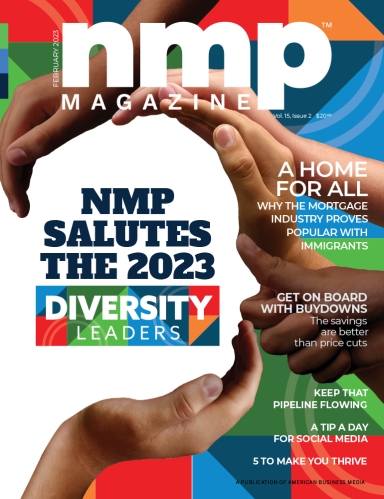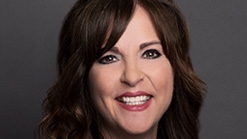Given the current mortgage loan volume predictions we’ve been seeing the experts relay, it’s clear that you will either grow in 2023 or face the very real possibility of being forced out of the business.
There simply won’t be enough new mortgages next year to satisfy the revenue demands of the lenders still in the business, to say nothing of meeting their growth objectives. To make matters worse, many lenders are still paying the high overhead expenses of overcapacity.
But in every market, even those that seem the most distressed, there will be leaders who rise above the rest and grow in spite of everything.













